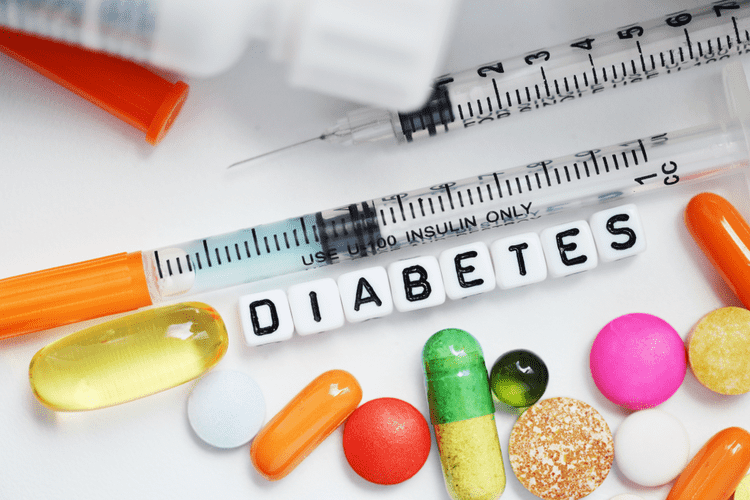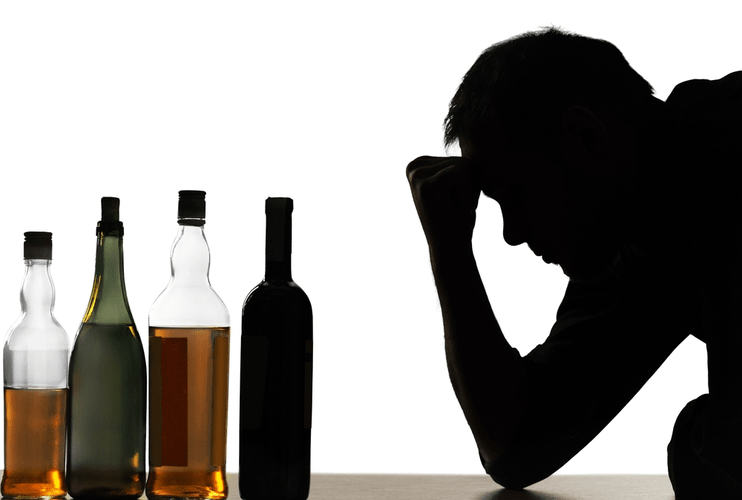In this theory, alcohol consumption can become a strategy for self-medication to alleviate symptoms of depression, anxiety, or feelings of worthlessness. Alcohol use disorder (AUD) remains a significant issue in the United States, affecting many individuals. Although the exact cause of AUD is not fully understood, several factors are believed to contribute to its development. These factors include the home environment, peer interactions, genetic predisposition, cognitive functioning, and the presence of certain personality disorders.
- It does this by slowing the release and response to normal brain neurotransmitters.
- The goal of Antabuse is to simulate alcohol intolerance in addicts by acting as an acid aldehyde inhibitor.
- By providing appropriate interventions, support, and education, clinicians can actively contribute to the well-being and recovery of individuals affected by AUDs.
- A health care provider might ask the following questions to assess a person’s symptoms.
- Physical addiction occurs once a person is unable to stop drinking without experiencing alcohol withdrawal symptoms, which include anxiety, shakiness, and on the more extreme end, seizures severe shaking, confusion, and hallucinations.
You can prevent alcohol use disorder by limiting your alcohol intake. According to the National Institute on Alcohol Abuse and Alcoholism, women shouldn’t drink more than one drink per day, and men shouldn’t drink more than two drinks per day. Perhaps the simplest description is that it is doing something to the point where it harms us, and not feeling able to stop. Very often, someone will find that a substance or behaviour (like alcohol or gambling) gives them some kind of release – from ordinary everyday stresses, or from quite deep and troubling problems, such as depression, anxiety or traumatic memories. Recognizing these health risks can encourage people to take the steps necessary to stop excessive drinking. Those who drink regularly may develop physical dependence, increased tolerance, and adverse side effects.
Medical Professionals
(A drink is defined as 5 ounces of wine, 12 ounces of beer, or 1½ ounces of 80-proof distilled spirits.) Moderate drinking appears to lower the risk of heart disease, stroke, and other circulatory diseases. There is evidence that a small amount of alcohol can boost levels of high-density lipoprotein (HDL), the beneficial cholesterol in your blood, as well as reduce the formation of plaque in blood vessels. When an individual’s drinking causes distress or harm, that’s called an alcohol use disorder. An estimated 10% of adult men and 5% of adult women have an alcohol use disorder. Their use of alcohol leads to health problems or troubles at home, at work, at school, or with the law. Many of them have lost control of their drinking; they are unable to stop or cut down despite serious negative health consequences and the loss of valued activities or relationships.

These changes can compromise brain function and drive the transition from controlled, occasional use to chronic misuse, which can be difficult to control. The changes can endure long after a person stops consuming alcohol, and can contribute to relapse in drinking. If your pattern of drinking results in repeated significant distress and problems functioning in your daily life, you likely have alcohol use disorder. However, even a mild disorder can escalate and lead to serious problems, so early treatment is important. The “habituation” of drinking is also a critical factor in developing alcohol addiction. Repeating the same action until it becomes an automatic response forms habitual behaviors.
Drugs & Supplements
People who drink excessively may also engage in risky sexual behavior or drive when they should not. As alcohol abuse worsens, the person becomes preoccupied with alcohol and can lose control. He or she may have blackouts, which are episodes in which a person completely forgets what occurred when he or she was drunk even though he or she was conscious at the time. Some medicines increase blood levels of alcohol or increase the adverse effects of alcohol on the brain.
- As previously noted, increased anxiety represents a significant component of the alcohol withdrawal syndrome.
- Many similar drug and alcohol rehabilitation programs offer counseling to family members, so that they can learn how to help the addicted person get the right kind of support and help.
1In operant procedures, animals must first perform a certain response (e.g., press a lever) before they receive a stimulus (e.g., a small amount of alcohol). There is a group of drug therapies aimed at attacking GABA receptors and the dopamine and serotonin pathways. For example, Baclofen is an approved GABA agonist for seizures that has shown to decrease craving and anxiety in alcohol addicts (7). Similarly, a low dosage of topira- mate, a natural anticonvulsant, can be used to dampen down excitability and maintain abstinence by reducing the amount of dopamine produced in the reward pathway during alcohol consumption (8).
Can People With Alcohol Use Disorder Recover?
This, in turn, can lead to enhanced vulnerability to relapse as well as favor perpetuation of excessive drinking. Moreover, after receiving some of these medications, animals exhibited lower relapse vulnerability and/or a reduced amount consumed once drinking was (re)-initiated (Ciccocioppo et al. 2003; Finn et al. 2007; Funk et al. 2007; Walker and Koob 2008). These findings have clear clinical relevance from a treatment perspective. why is alcohol addictive Indeed, clinical investigations similarly have reported that a history of multiple detoxifications can impact responsiveness to and efficacy of various pharmacotherapeutics used to manage alcohol dependence (Malcolm et al. 2000, 2002, 2007). Future studies should focus on elucidating neural mechanisms underlying sensitization of symptoms that contribute to a negative emotional state resulting from repeated withdrawal experience.
Whether it’s the feeling of fitting in, being the center of attention, forgetting about their problems for a while, or simply numbing any pain you feel, those feelings can become addictive. Different stressors likewise robustly reinstated extinguished alcohol-reinforced responding in different operant reinstatement models of relapse (Funk et al. 2005; Gehlert et al. 2007; Le et al. 2000, 2005; Liu and Weiss 2002b). This effect appears to involve CRF activity because CRF antagonists block stress-induced reinstatement of alcohol-seeking behavior (Gehlert et al. 2007; Le et al. 2000; Liu and Weiss 2002b). From a clinical standpoint, this is important because it underscores the value of these models in identifying and evaluating new treatment strategies that may be more effective in battling the problem of relapse. It is uncommon for individuals with AUDs to seek help on their own proactively. Most alcoholics never receive necessary medical attention due to a lack of screening by healthcare providers.
More in The Road to Recovery with Alcohol Dependence
Similarly, systemic administration of antagonists that selectively act at the CRF1 receptor also reduced upregulated drinking in dependent mice (Chu et al. 2007) and rats (Funk et al. 2007; Gehlert et al. 2007). You can also become psychologically addicted to alcohol and many people with alcohol use disorder drink as a form of self-medication or to alleviate the symptoms of mental health issues or emotional trauma. People who are under a lot of stress at work or unhappy at home will often turn to alcohol to try and make themselves feel better or cope with their circumstances. But alcohol is never the answer to your problems and many people who drink alcohol to deal with their issues will often become dependent on alcohol just to get through the day. Alcohol typically inhibits the Corticotropin-releasing factor (CRF) in the brain. CRF is a neurochemical that plays a significant role in how the brain deals with stress and when you drink, it inhibits CRF and makes you feel more relaxed and less stressed.

